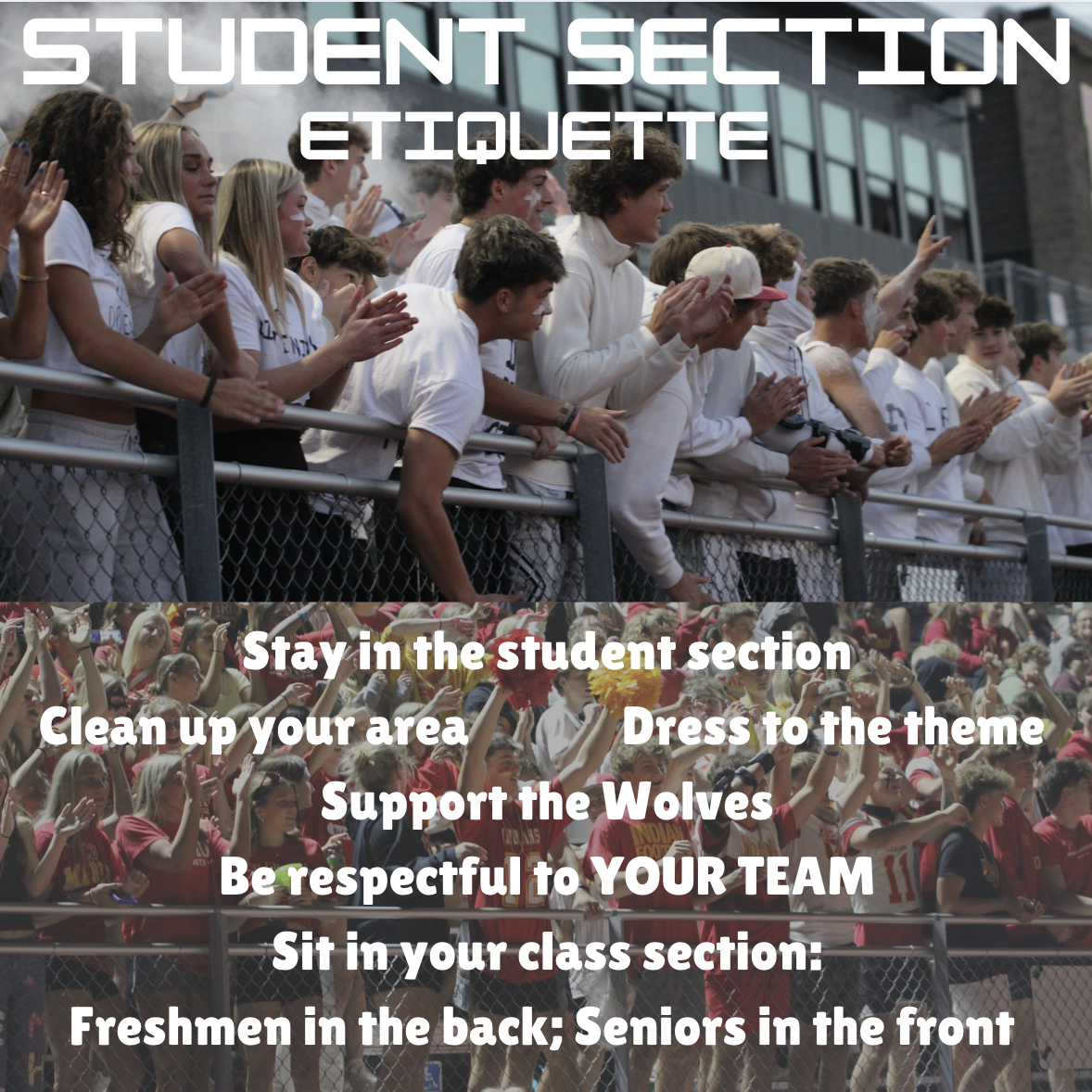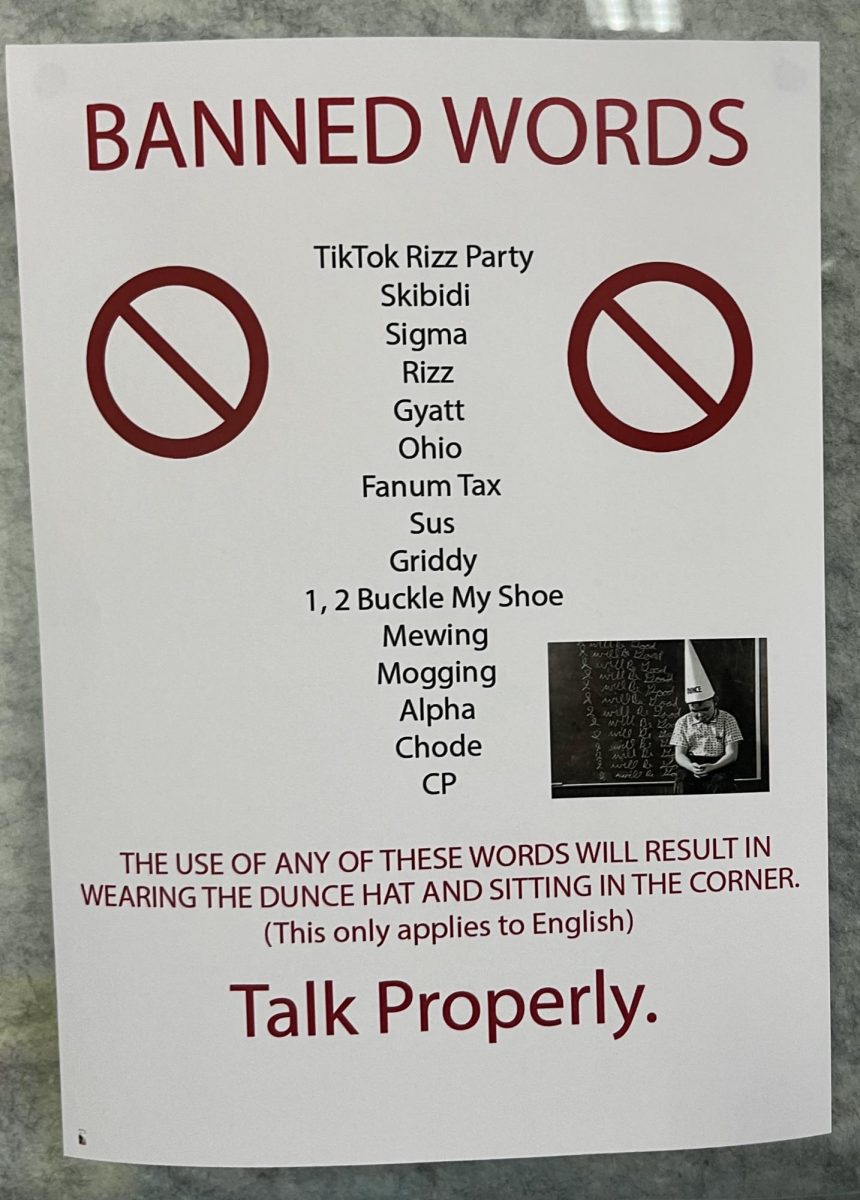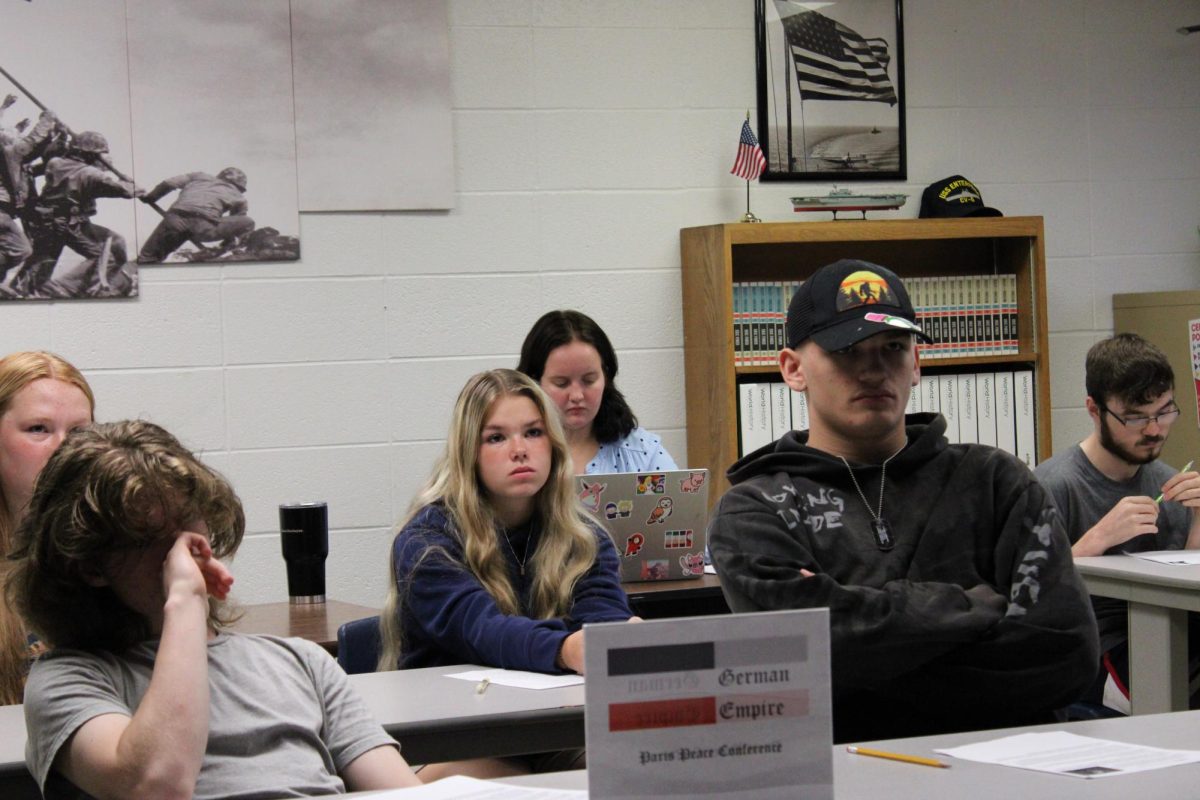The perfect age of sixteen years old. Brand new cars and massive ragers. Giant friend groups with boyfriends and girlfriends who all possess picture-perfect features. From High School Musical to Victorious to Clueless, the ideal image of teenagehood has been instilled in children’s brains before they even realize it. So many adolescents spend an extreme amount of time trying to chase the “teenage dream,” but how does one chase something that doesn’t even exist?
In most of these movies and shows that are provided to young people, there is a recurring theme. There is a group of friends who were brought together by something unexpected, often of many backgrounds. There is blooming love constantly, and no matter what happens, their problems will always be settled because friendship and relationships obviously always work out. In High School Musical 2, which was released in 2007, only a year and a half later than the first film in the series, there is a scene where main characters, Troy and Gabriella, face the hard truth and decide to end their relationship. Gabriella shares her feelings of loss of trust with her boyfriend, and after a dramatic performance of “Gotta Go My Own Way,” the couple decides to call it quits at their summer job. But don’t worry, they get back together at the end of the movie. This is only one example of the thousands of similar plotlines that are out there. Although in every film like this one, where there is a burning love that nothing could ever extinguish, this doesn’t really happen in real life. Of course, there are high school relationships that work out. But, according to The Accolade, only 2% of people marry their high school sweetheart, and I’m sure if you were to ask this minority, they would say that their educational experience was nothing like the movies.
Another common aspect of these television shows is the unrealistic beauty standards. It seems to be deemed “lovable” in plenty of films, girls must be a size 00 while simultaneously having mature features, have perfectly clear skin, and long, healthy hair. Glasses are always a turn-off because apparently, clear lenses make it impossible to view a girl’s beautiful blue eyes. Boys must have eight-packs, ginormous biceps, and be 6’5. You almost never see main characters who stray from this ideology. Because of this, many assume that to achieve the “teenage dream,” one must follow these strict rules. Thousands of dollars are spent on makeup, skincare routines, gym memberships, and trendy clothing. When all that is ever represented in the media are fit, symmetrical, and thin role models, that is what one starts to perceive as normal.
One is expected to succeed in school and activities while also thriving in social settings and parties, even if these acts are contradictory. It feels impossible to meet every standard because it is. It’s important to remember that these series and films are only fiction and not real life. These stereotypes are completely unattainable, so we all need to cherish the moments that we are given and live our own kind of “teenage dream.”















